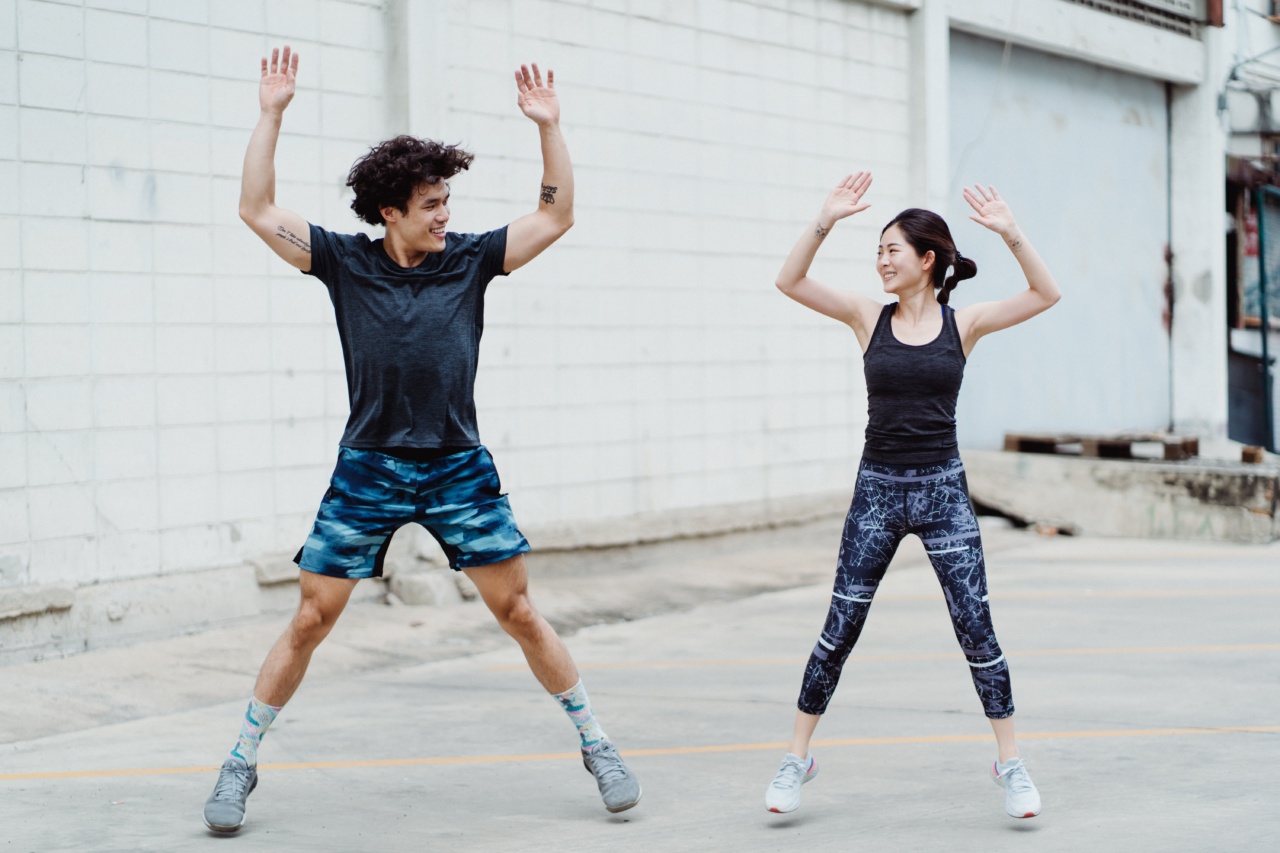Regular exercise has countless benefits for individuals of all ages and fitness levels, and it is particularly important for those living with chronic conditions such as Parkinson’s disease (PD) and multiple sclerosis (MS).
Both of these neurological disorders can significantly impact a person’s quality of life, but engaging in regular physical activity can help alleviate symptoms, improve mobility, enhance cognitive function, and boost overall well-being.
Exercise and Parkinson’s Disease
Parkinson’s disease is a progressive nervous system disorder that affects movement. Individuals with PD often experience symptoms such as tremors, stiffness, difficulty balancing, and coordination problems.
While there is no cure for PD, exercise has been shown to help manage symptoms and improve quality of life.
The Benefits of Exercise for Parkinson’s Patients
1. Improved motor function: Regular exercise helps maintain and improve muscle strength, flexibility, and balance, which are crucial for individuals with PD. It can also alleviate gait issues and improve overall motor function.
2. Enhanced mental well-being: Exercise has been proven to boost serotonin and endorphin levels, which are responsible for mood regulation. People with PD often experience depression and anxiety, and exercise acts as a natural antidepressant.
3. Reduced risk of falls: One of the primary concerns for individuals with PD is an increased risk of falling. Exercises that focus on balance, coordination, and strength training can help reduce the risk of falls and related injuries.
4. Improved cardiovascular health: Engaging in regular aerobic exercise, such as walking, swimming, or cycling, can improve cardiovascular health, reducing the risk of heart disease and related complications.
Recommended Exercises for Parkinson’s Patients
1. Walking: Walking is a low-impact exercise that can be easily incorporated into daily life. It improves cardiovascular fitness, strengthens muscles, and helps with balance and coordination.
2. Tai Chi: This ancient Chinese martial art combines slow, flowing movements with deep breathing and mental focus. Several studies have shown that practicing tai chi can improve balance, stability, and overall motor function in individuals with PD.
3. Cycling: Cycling, either outdoors or on a stationary bike, is an excellent aerobic exercise that promotes cardiovascular health. It also helps with muscle strength and coordination, particularly in the lower body.
4. Yoga: Yoga combines physical postures, deep breathing, and relaxation techniques. It enhances flexibility, balance, and core strength, which are vital for individuals with PD.
5. Swimming: Swimming is a low-impact exercise that provides a full-body workout while being gentle on the joints. It helps improve cardiovascular fitness, overall strength, and flexibility.
Exercise and Multiple Sclerosis
Multiple sclerosis is a chronic autoimmune disease that affects the central nervous system. It can cause a wide range of symptoms, such as fatigue, muscle weakness, numbness, and difficulty with coordination and balance.
While MS is a complex condition, research has shown that exercise can positively impact its progression and symptoms.
The Benefits of Exercise for Multiple Sclerosis Patients
1. Increased energy levels: Fatigue is one of the most common symptoms of MS. Engaging in regular exercise can help combat fatigue and increase overall energy levels.
2. Improved muscle strength and flexibility: MS can lead to muscle weakness and stiffness. Regular exercise, particularly strength training and stretching exercises, can improve muscle tone, increase flexibility, and enhance overall mobility.
3. Enhanced mood and mental well-being: Exercise releases endorphins, which are natural mood-boosting chemicals. People with MS often experience depression and anxiety, and exercise can help alleviate these symptoms.
4. Better bladder and bowel control: MS can affect bladder and bowel function. Certain exercises, such as Kegels and pelvic floor exercises, can help strengthen the muscles responsible for bladder and bowel control.
Recommended Exercises for Multiple Sclerosis Patients
1. Strength training: Engaging in resistance exercises using weights or resistance bands can improve muscle strength and counteract the weakness caused by MS. It is important to start with low weights and gradually increase the intensity.
2. Stretching exercises: Stretching exercises help improve flexibility and reduce muscle stiffness. Yoga and Pilates are excellent options for gentle stretching and strengthening.
3. Water-based exercises: Aquatic activities, such as swimming or water aerobics, provide a low-impact workout while supporting the body’s weight. They help improve cardiovascular fitness, muscle strength, and overall mobility.
4. Recumbent biking: Using a recumbent exercise bike, which provides back support, can be beneficial for individuals with MS. It helps improve cardiovascular fitness, leg strength, and endurance.
Conclusion
Exercise plays a crucial role in improving the quality of life for individuals with Parkinson’s disease and multiple sclerosis. While it may be challenging to start and maintain an exercise routine, it is worth the effort.
Regular physical activity can significantly alleviate symptoms, enhance overall mobility, improve mental well-being, and provide a sense of control over the condition. It is important to consult with healthcare professionals or physical therapists to determine the most suitable exercises and ensure safety.































